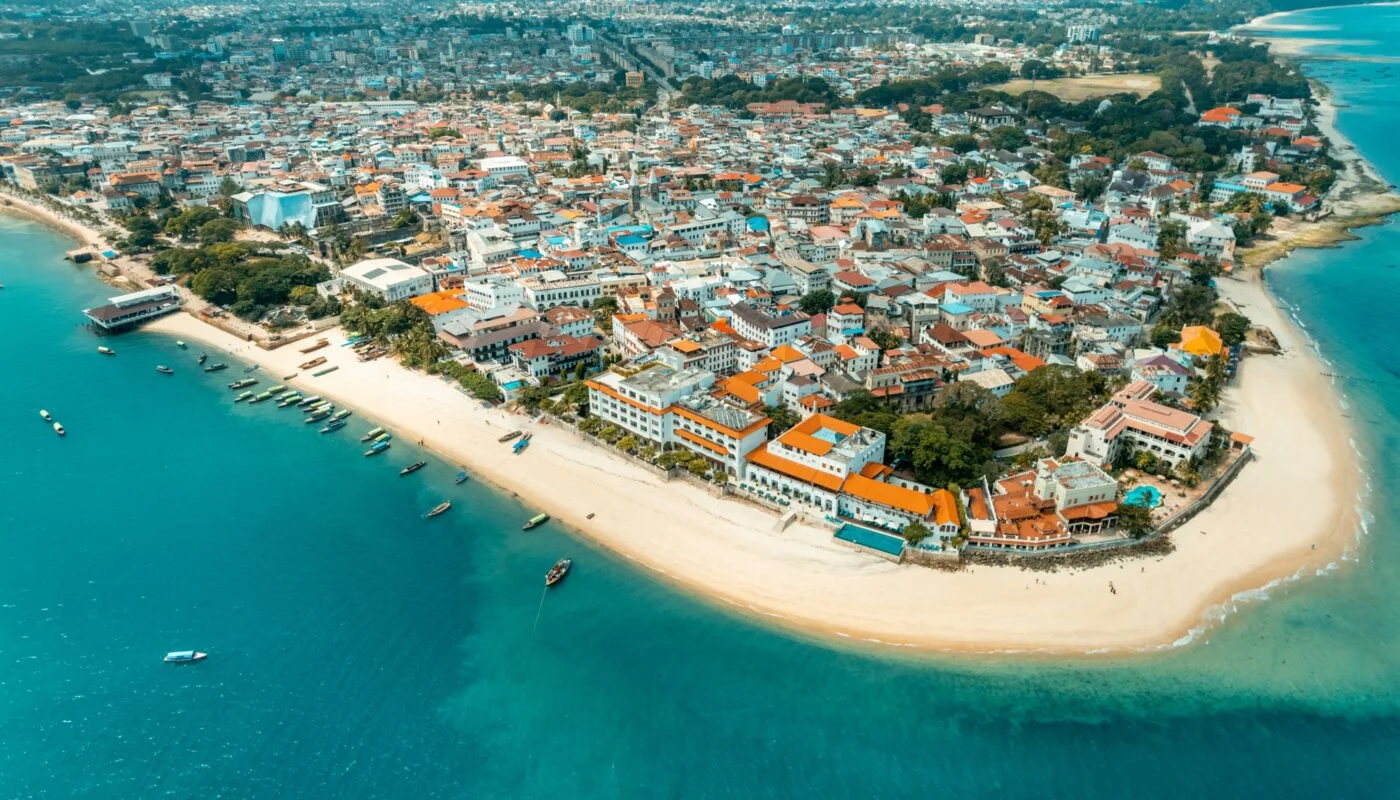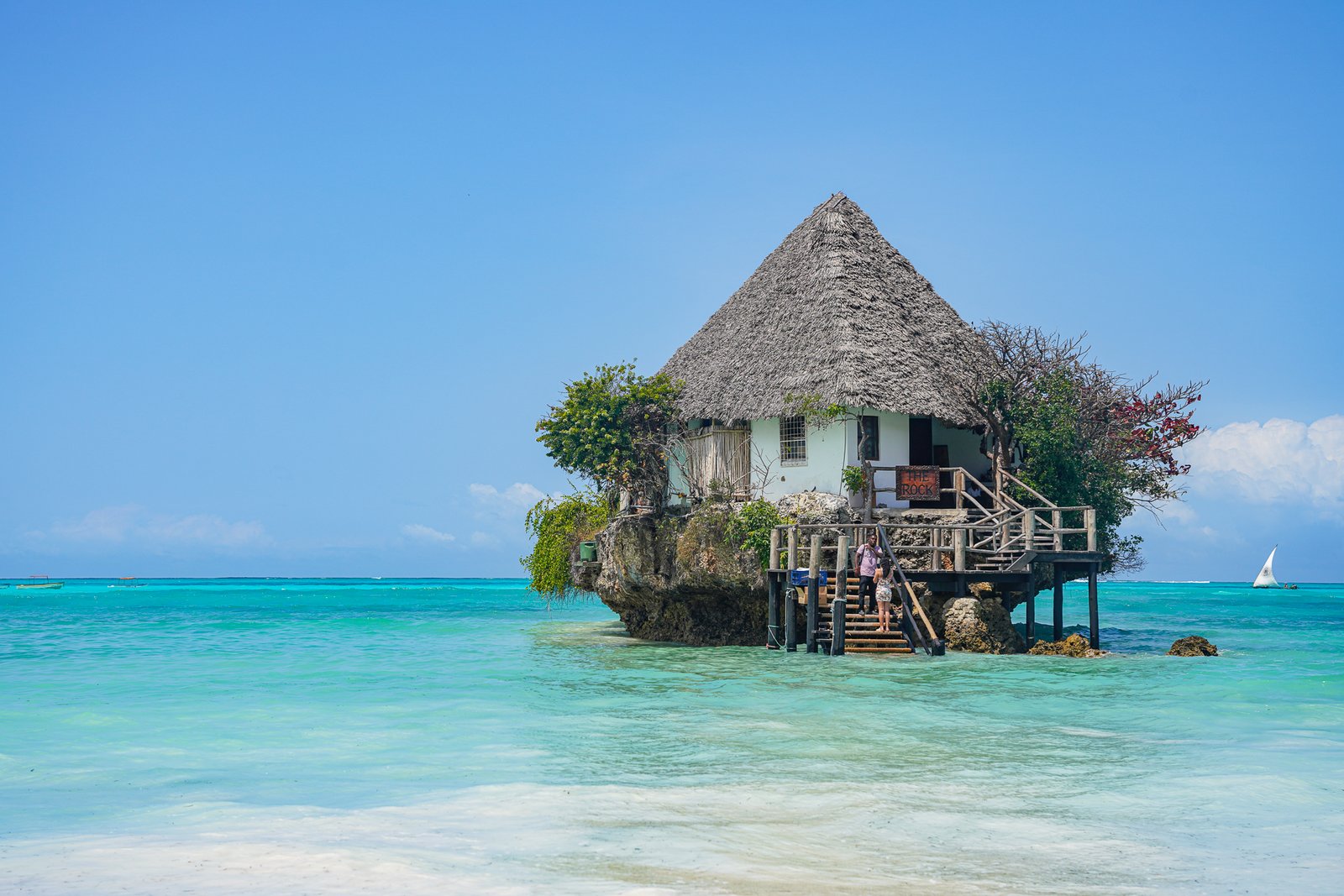Geography and History
Zanzibar comprises several islands, with Unguja being the largest and most populous, followed by Pemba and numerous smaller islets. Situated in the Indian Ocean, Zanzibar’s strategic location has made it a hub of trade and cultural exchange for centuries. The archipelago’s history is marked by a tapestry of influences, including Swahili, Arab, Persian, Indian, and European.
The earliest inhabitants of Zanzibar were Bantu-speaking peoples who arrived on the islands around 2,000 years ago. By the 9th century, Zanzibar had become part of the Swahili Coast, a network of city-states engaged in trade with the Arabian Peninsula, Persia, and the wider Indian Ocean world. The arrival of Arab traders and settlers introduced Islam to the islands, shaping Zanzibar’s cultural and religious landscape.
In the 16th century, Zanzibar fell under the control of the Portuguese, who established a trading post on the archipelago. However, their dominance was short-lived, as they were ousted by the Omani Arabs in the late 17th century. Under Omani rule, Zanzibar flourished as a center of the slave trade, with millions of enslaved Africans passing through the island on their way to markets in the Middle East and beyond.
In 1890, Zanzibar became a British protectorate following a treaty with the Sultan of Zanzibar. It remained under British control until gaining independence in 1963, when it merged with Tanganyika to form the United Republic of Tanzania. Today, Zanzibar enjoys a semi-autonomous status within Tanzania, with its own government and distinct cultural identity.







